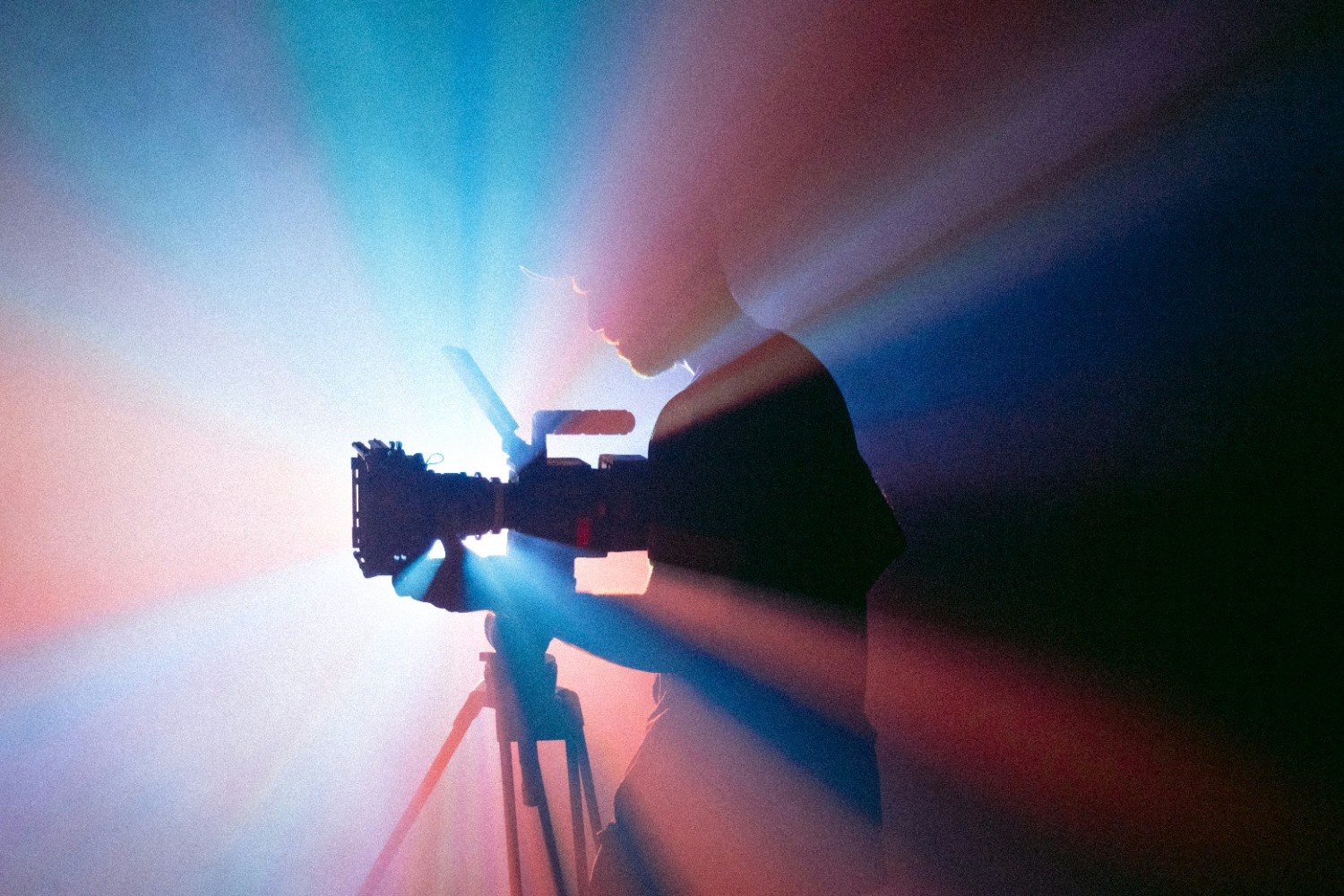Chasing Rainbows: Bollywood’s Transgender Tapestry
5 Min. ReadCinema has long been a mirror of society, reflecting attitudes and reshaping perceptions. In Indian cinema, the portrayal of the third gender has undergone a remarkable transformation. Once depicted through negative caricatures, transgender individuals now find more sensitive and accepting representation on the big screen. This shift mirrors societal changes and the growing fight for transgender rights and recognition. The evolution of their portrayal in Bollywood traces a journey from derogatory stereotypes to nuanced, authentic depictions.
Early Depictions: Stereotypes and Marginalisation
Transgender characters in early Indian cinema were often treated with disdain, reduced to caricatures that reinforced stereotypes. In films like Sadak and Khiladi, these characters were cast in negative or comedic roles that perpetuated harmful narratives. The predatory transgender antagonist in Sadak epitomised fear of difference, portraying trans people as threatening and dehumanised. Similarly, Khiladi relegated transgender roles to comedic relief, trivialising their existence and contributing to societal stigma.
These portrayals stripped transgender characters of depth, rendering them one-dimensional sidekicks whose primary purpose was to evoke laughter or discomfort. Lacking authentic backstories or agency, they became tools in perpetuating otherness rather than representations of real, complex individuals. Such depictions further marginalised the transgender community, reinforcing stereotypes and deepening the stigma surrounding their identity in India.
The Shift Towards Empathy: Tamanna and Sangharsh
In the late 1990s, Bollywood began shifting away from stereotypical portrayals of transgender characters, embracing more empathetic and nuanced narratives. Films like Tamanna (1997) and Sangharsh (1999) marked a turning point, reflecting the industry’s gradual awakening to the need for respectful representation.

Directed by Mahesh Bhatt, Tamanna tells the story of Tikku, a transgender character played by Paresh Rawal. Inspired by a real-life story, Tikku rescues and raises an abandoned infant girl, embodying themes of motherhood, identity, and dignity. The film stood out for its empathetic treatment, moving away from the caricatures or villainous depictions that had dominated earlier portrayals. However, critics note that Tikku’s decision to hide her identity from her adopted daughter mirrored societal constraints, tempering the film’s progressive tone.

Sangharsh took another step forward, focusing on the resilience and dignity of its transgender character rather than merely highlighting the struggles of being different. This approach signalled a shift toward more respectful and multi-dimensional representation. Together, these films paved the way for Bollywood to explore diverse, realistic portrayals of transgender individuals, laying the groundwork for future progress in the industry.
Modern Portrayals: Progress and Critique
In recent years, Bollywood has made greater efforts to bring transgender characters into the mainstream, though the results have been mixed. While some films have been praised for their attempts, others have faced criticism for perpetuating outdated stereotypes.

One such example is Laxmii (2020), a high-profile film that aimed to highlight transgender issues. Akshay Kumar plays a cisgender man possessed by a transgender spirit, but the casting of a cisgender actor drew backlash. Critics argued the film missed an opportunity to authentically represent transgender communities by casting a transgender actor and delivering a more respectful portrayal.

Similarly, Chandigarh Kare Aashiqui (2021) attempted to tackle transgender representation through a romance between a cisgender man and a transgender woman. While praised for placing a transgender character at the center of a love story, it sparked debate over its portrayal of trans identities and gender transition issues. Critics felt the film, though well-meaning, avoided deeply engaging with the complexities of acceptance and the transgender experience.
These examples highlight Bollywood’s ongoing struggle to balance progress with lingering stereotypes. While the industry has made strides in bringing transgender stories to the forefront, it still faces challenges in achieving authenticity and incorporating more diverse voices in its storytelling.
The Inclusion of Transgender Actors: A Step Towards Authenticity
The inclusion of transgender actors in mainstream roles has brought a new level of realism and authenticity to Indian cinema. For decades, transgender roles were often played by cisgender actors, resulting in superficial and inauthentic portrayals. However, growing acceptance of “real” transgender actors and their ability to tell their own stories is slowly transforming the landscape.
Trailblazing performances by transgender actors have added depth and integrity to these portrayals. Kalki Subramaniam, a transgender activist and actor, broke barriers with her role in the Tamil film Narthaki (2011), which explored the struggles of a transgender woman seeking societal acceptance. Similarly, Manobi Bandhopadhyay, India’s first transgender college principal, made an impact in Pehchaan (2015), a short film addressing transgender rights and identity.
These performances not only bring authenticity but also seek to amplify the visibility of transgender lives in an industry that has historically excluded them. The inclusion of transgender actors underscores the need for more inclusive and diverse storytelling, paving the way for richer, more respectful representation in Indian cinema.
The Road Ahead: Challenges and Opportunities
While Bollywood has made strides in representing transgender individuals, significant limitations remain. Stereotypes continue to infiltrate mainstream narratives, and the industry faces criticism for failing to embrace the full diversity of the transgender spectrum. The persistent casting of cisgender actors in transgender roles remains a contentious issue, often misrepresenting and erasing authentic transgender voices.
Despite these challenges, the growing inclusion of transgender actors and narratives signals positive change. An increasing societal awareness of transgender rights and issues offers hope that Bollywood will evolve further, embracing more sensitive portrayals that reflect the complexity and diversity of transgender lives.
As a powerful medium for shaping public perceptions, Indian cinema holds immense potential to foster understanding and acceptance. While Bollywood’s journey from harmful stereotypes to inclusive representation is overdue, the progress made so far is encouraging. By continuing this trajectory, Bollywood can become a catalyst for greater acceptance of transgender individuals in society, offering a realistic hope for a more inclusive future.



